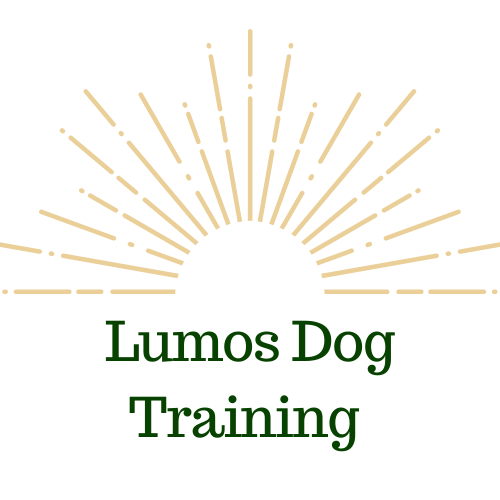How to Start Training Your Dog
Whether you’re starting your journey as a new dog guardian or your new year’s resolution is to focus more on your dog training goals, this article will help you formulate a dog training plan. Keep reading for some free planning downloads!
Learn How To Train Your Dog From a Certified Dog Trainer
Starting your dog training journey, whether you’re an experienced pet parent, fostering, volunteering at a shelter, or a first-time guardian can be a daunting experience. The best investment you can make is to find a certified, professional dog trainer and learn from them.
A great place to start looking for dog trainers is starting here:
https://www.sniffspot.com/blog/dog-trainers/georgia
https://www.ccpdt.org/dog-owners/certified-dog-trainer-directory/profile/2196393/
https://m.iaabc.org/consultant/
Here is more information on how to find a great dog trainer in your area.
Train Your Dog With Ethical, Humane Methods
The American Veterinary Society of Animal Behavior supports the use of reward-based methods for training.
There is much anecdotal information from the internet, social media, and your friend’s brother’s girlfriend’s mom who owned and trained dogs and wants to give you advice.
The bottom line is that you shouldn’t do it if it doesn’t feel good. All animals and humans deserve respect, compassion, and the ability to learn without fearing punishment or pain.
Start Dog Training With Management and Enrichment
Find enrichment activities you can do with and for your dog. Utilizing enrichment allows your dog to be a dog! Some dogs prefer enrichment that involves shredding, ripping, and digging, while others prefer leisurely sniff walks through the woods.
Management is such an essential part of training. Utilizing management like leashes, gates, barriers, and confinement can prevent unwanted behaviors from occurring so you can focus on training behaviors you want to keep seeing from your dog.
Start Dog Training by Meeting Your Dog’s Needs
Remember, your dog has needs, too! By meeting your dog’s needs for rest, exercise, and enrichment, you’ll make training so much easier! During training sessions, pay close attention to your dog’s body language and behavior.
Have Training Plan
Having a plan for training sets you and your dog up for success! If you teach your dog a new behavior, break the steps down. Start with the smallest achievable part of the behavior and go from there.
Take a break if you get stuck or your dog is unsure what to do. During your break, look at what could help your dog be successful during the training. Try different food, remove distractions, or make your expectations easier for your dog.
Download our free training plan tracker here.
Start Training Your Dog in a Distraction-Free Environment
Starting in a distraction-free space is best for you and your dog. You can fully focus on your dog, and they can focus on you! Have water, food, and space for downtime available before, during, and after your training sessions so your dog can tell you if they’re ready to start training and when they’re done.
Keep Your Training Sessions Short
When training is fun, it’s hard to stop! Set yourself up for success using a timer, stopwatch, or alarm.
Counting pieces of food out can also be a great reminder to take breaks.
Keeping your training sessions short prevents mental fatigue and allows you to move in approximations to meet your goals.
Keep Track of Your Progress
Keeping track of progress can help you celebrate how far you’ve come! Recording sessions, utilizing a training journal, or writing notes after each session can track your progress as a trainer and help you formulate a plan for each session.
Have Fun Training Your Dog
Having fun with training is so crucial for you and your dog! Even if you’re working through behavior modification training, you can still utilize tricks playtime to make the activity enjoyable. Remember to take breaks for belly rubs, extra snacks, or shake-offs.
Dog Trainer Tip: have a favorite toy available for fetch or tug if your dog loves toys. If they are more interested in a quiet break, have a snuffle ball or snuffle mat accessible to scatter treat crumbs.
Set Realistic Training Goals
All too often, our training goals have lofty or unrealistic expectations for yourself or the dog. Being realistic about your skills and your dog’s wants and needs for training keeps training fun and achievable!
Need More Support?
If you need further support with any training needs, you can reach out here
More Training Tips From Our Blog:
Understanding Leash Reactivity

